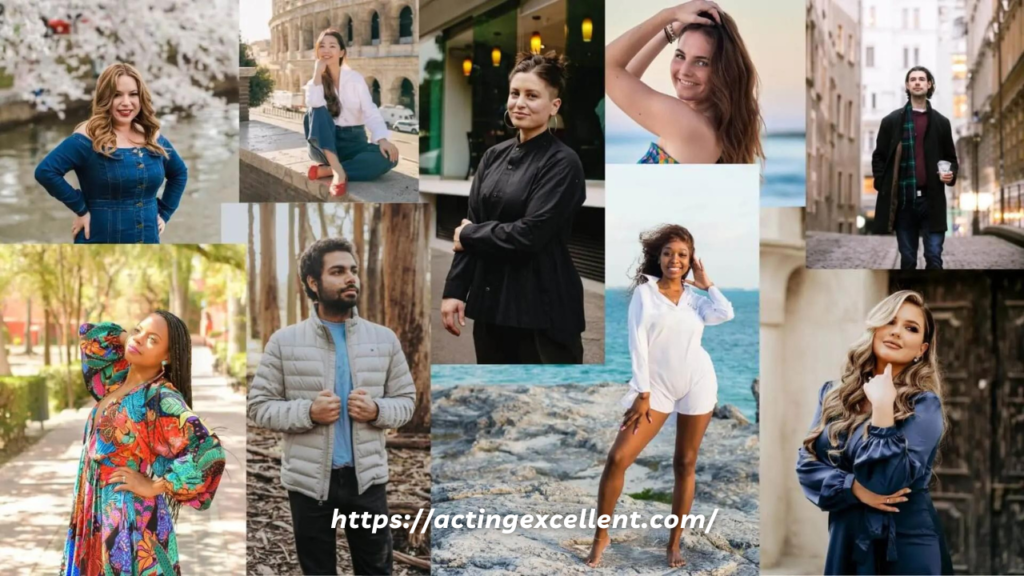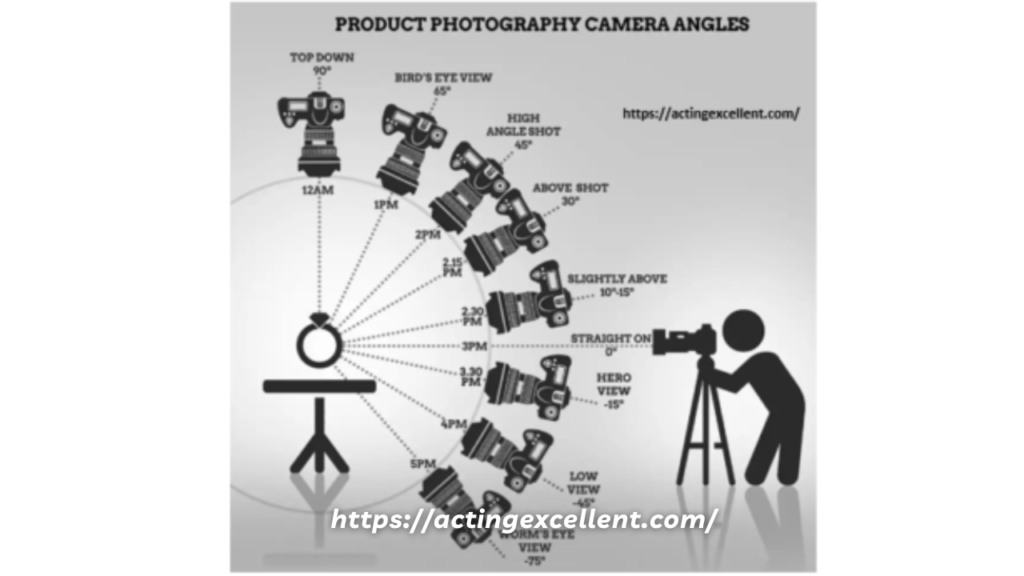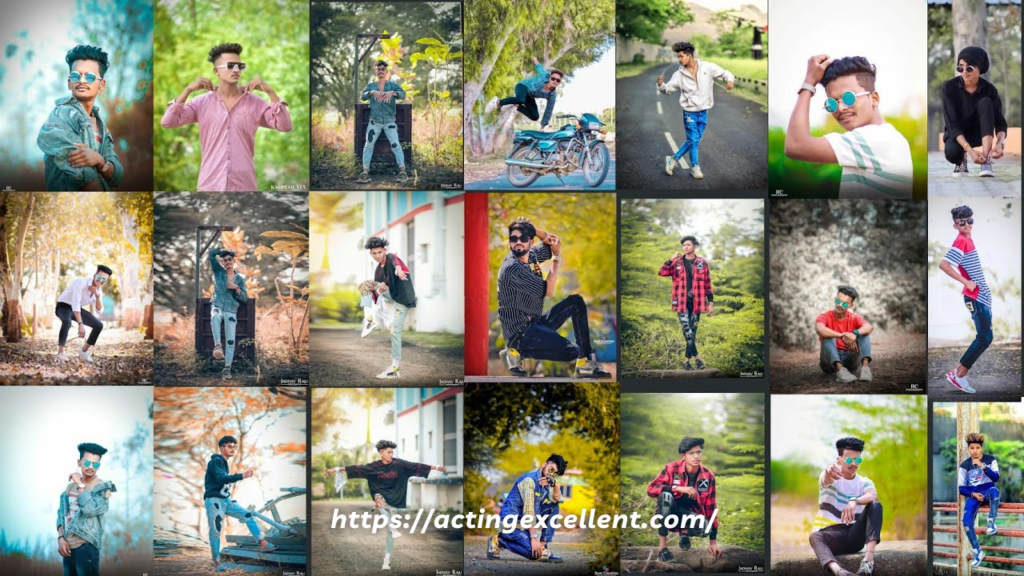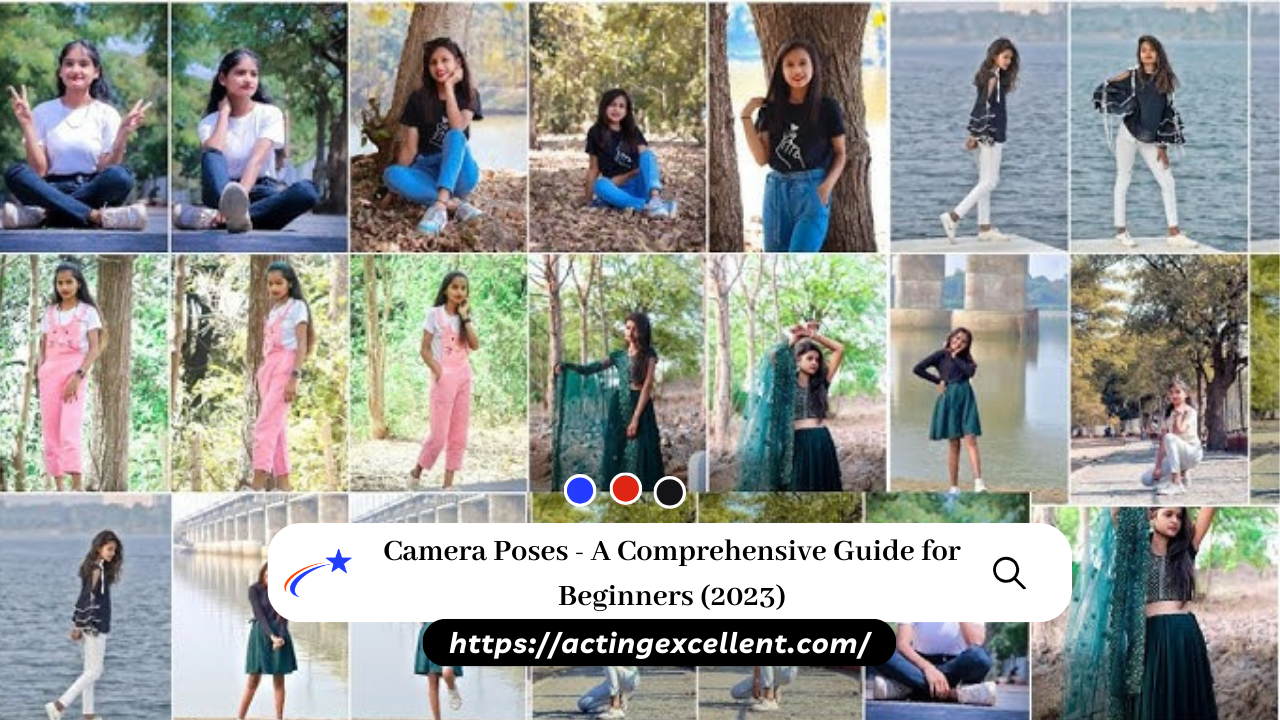Camera Poses – A Comprehensive Guide for Beginners (2024)
In the age of smartphones and digital cameras, photography has become an integral part of our lives. We use it to document our experiences, share our stories, and capture the beauty of the world around us. However, the true art of photography goes beyond simply pointing and clicking. It depends on how you use your camera and angles.
In this comprehensive guide, we will try to learn the charming world of camera poses, taking you on a journey from the basics to the advanced techniques. We’ll explore what camera poses are, why they matter, and how they can breathe life into your photographs. Along the way, we’ll delve into the art and science of camera poses, offering practical tips for using them effectively and inspiring you to embrace your creativity.

By the time you’ve finished reading this guide, you’ll not only have a deep understanding of camera poses.
How many Angles are there what different techniques of photography are. So, let’s go on this exciting photographic journey together, as we uncover the magic of camera poses and their transformative power in the world of photography.
Table of Contents
What Are Camera Poses?
Camera poses, in simple terms, refer to how you position your camera when taking a photograph. Think of it as the camera’s way of “posing” to capture a particular perspective. By altering the camera’s position, you can create a variety of effects and add visual interest to your photos.
The Role of Camera Poses in Photography
Understanding and utilizing camera poses is vital because they enable you to convey emotions, tell stories, and capture moments in unique and captivating ways. It’s like having a secret language to communicate through your photos. Without camera poses, your photography might feel repetitive and lack the depth and variety that can make your images stand out.
Common Camera Poses
Let’s explore some of the most commonly used camera poses and understand when and how to employ them effectively.

Eye Level
The eye-level pose is one of the most natural and widely used angles in photography. To achieve this pose, hold your camera at about the same level as your subject’s eyes. It’s perfect for capturing everyday scenes, people, and objects because it feels relatable and genuine.
Low Angle
When you want to make your subject appear more powerful or emphasize tall structures like trees or buildings, try a low angle. Position your camera low to the ground and point it upward. This angle can create a sense of grandeur and dominance.
High Angle
Conversely, the high angle involves holding your camera above your subject and pointing it downward. This pose can make your subject appear smaller or more vulnerable. It’s great for showcasing intricate details or creating unique perspectives.
Bird’s Eye
Imagine you’re a bird looking down at your subject from high above. The bird’s eye view is an extremely elevated angle that works well for capturing patterns, shapes, and scenes from a unique perspective.
Close-Up
For capturing intricate details or conveying strong emotions on a subject’s face, the close-up pose is your go-to. Get physically close to your subject and focus on the fine details that might go unnoticed from a distance.
Wide Angle
Utilize a wide-angle lens or setting on your camera to capture a broad view in a single shot. Wide-angle poses are fantastic for photographing expansive landscapes, group shots, and scenes where you want to include as much as possible in one frame.
Advanced Techniques and Creative Poses
Silhouette Photography
One captivating technique is silhouette photography, where your subject is intentionally placed against a bright background, creating a striking and dramatic contrast. This technique often employs low angles or backlit situations to achieve stunning results.

Forced Perspective
Forced perspective is a playful way to manipulate camera poses to create optical illusions. By cleverly positioning objects and subjects in the foreground and background, you can make objects appear larger or smaller than they are in reality. It’s a fun and creative approach to photography.
The Art and Science of Camera Poses
Understanding camera poses is not just about mechanically adjusting your camera’s position; it’s also about the artistic and emotional impact they can have on your photographs.
Adding Emotion Through Poses
Each camera pose can convey a different emotional tone in your photographs. For example, a low angle can make a subject appear heroic or dominant, while a high angle may evoke feelings of vulnerability or insignificance. Recognizing these emotional nuances can help you tell more compelling visual stories.
Creating Depth and Composition
Camera poses play a crucial role in creating depth and composition in your photos. By experimenting with angles, you can guide your viewers’ eyes through the image and highlight key elements. This adds visual interest and can make your photos more engaging.
Enhancing Storytelling
Imagine you’re telling a story through your photos. Camera poses can be thought of as different camera “vocabulary.” They allow you to choose how you want to narrate each part of your visual tale. A close-up can focus on emotions, while a wide angle can set the scene.
Practical Tips for Using Camera Poses
To become proficient in using camera poses effectively, consider these practical tips:
Experimentation is Key
Don’t be afraid to experiment with various camera poses. Take multiple shots of the same subject from different angles to discover what works best for your intended message or mood.
Consider Your Subject
Always think about what you want to capture. For instance, if you’re photographing a delicate flower, a close-up pose would be ideal to highlight its intricate details. Conversely, when shooting a towering skyscraper, a low angle can emphasize its grandeur.
Use Tripods for Stability
Certain camera poses, such as low angles or long-exposure shots, benefit greatly from using a tripod. A tripod ensures your camera remains steady, allowing you to capture clear and sharp images.
Get Down to Eye Level
When photographing people or animals, getting down to their eye level creates a more personal and engaging connection in your photos. It helps viewers relate to the subject on a deeper level.
Mind the Background
The background can significantly impact the quality of your photos. Be attentive to the background elements, ensuring they complement and enhance your subject rather than distract from it.
The Artistry of Camera Poses
Creating Visual Impact
Camera poses have the power to transform scenes into visually stunning compositions. By carefully selecting your camera’s angle, you can capture familiar subjects in fresh and exciting ways. This can turn an ordinary sunset into a breathtaking masterpiece or a common flower into a work of art.
Storytelling with Poses
Consider the narrative you wish to convey through your photos. Camera poses allow you to tell stories with your images, creating emotions and sparking curiosity in viewers. Whether you’re documenting a joyful celebration or a quiet moment of reflection, your choice of camera pose can enhance the storytelling aspect of your photography.
Expressing Creativity
Photography is a creative art form, and camera poses provide a canvas for your artistic expression. Experiment with unconventional angles, combine poses or use them in unexpected contexts to challenge the norms and create unique visual experiences.
Conclusion
In conclusion, camera poses are an essential aspect of photography that can transform your images from ordinary to extraordinary. By mastering the art of camera angles, you can convey emotions, create depth and composition, and tell captivating visual stories.
As a beginner, remember that practice is key. Experiment with different camera poses, pay attention to the emotions they convey, and consider the impact on your composition. The more you explore and experiment, the better you’ll become at using camera poses to communicate your unique perspective and vision through your photographs.

Moreover, camera poses offer you a creative playground. They empower you to express your artistic flair, turning everyday scenes into works of art and mundane subjects into captivating stories. Don’t be afraid to push the boundaries and try unconventional angles – this is where your creativity can truly shine.
Additionally, always keep your subject in mind. The right camera pose can bring out the best in your subjects, whether you’re capturing the grandeur of a towering skyscraper or the intimate details of a flower’s petals. Tailoring your camera pose to the subject will result in more engaging and impactful photographs.
Lastly, while camera poses are a powerful tool in your photography arsenal, they are just one aspect of the craft. Continue to learn, grow, and experiment with your photography. Explore different lighting techniques, master your camera settings, and refine your post-processing skills. Photography is a journey of constant improvement, and camera poses are a valuable stepping stone on that path.
So, embrace the world of camera poses, let your creativity flow, and capture the beauty of the world around you from every angle imaginable. With time and practice, you’ll not only become a more skilled photographer but also a more perceptive and thoughtful storyteller through your photographs.
FAQ
Who is the target audience for Camera Poses?
Camera Poses attracts an audience, including photographers, hobbyists, and professionals looking to enhance their photography skills and knowledge.
What type of content can I expect on Camera Poses?
Our blog covers a wide range of topics, including photography techniques, camera reviews, lens recommendations, editing software tutorials, photography inspiration, and much more. We strive to provide comprehensive and helpful content to our readers.
Are the camera poses important?
Yes, without possession you cannot take a meaningful image.
Can Camera Posses blog oi4be applicable to smartphone cameras as well?
Yes, you can use your smartphone camera as well for this purpose. Many phones have very latest cameras and can take high-resolution pictures.




![How to trace mobile number exact location on map for free | 2 most Authentic Methods [October 2024] 12 trace mobile number exact location on map for free](https://actingexcellent.com/wp-content/uploads/2022/10/Grey-Minimalist-Tips-Blog-Banner-1-768x432.png)
![How to make money on amazon for free -Beginners guide [2024] 13 how to make money on amazon for free](https://actingexcellent.com/wp-content/uploads/2023/03/png_20230305_113259_0000-768x432.png)


One Comment